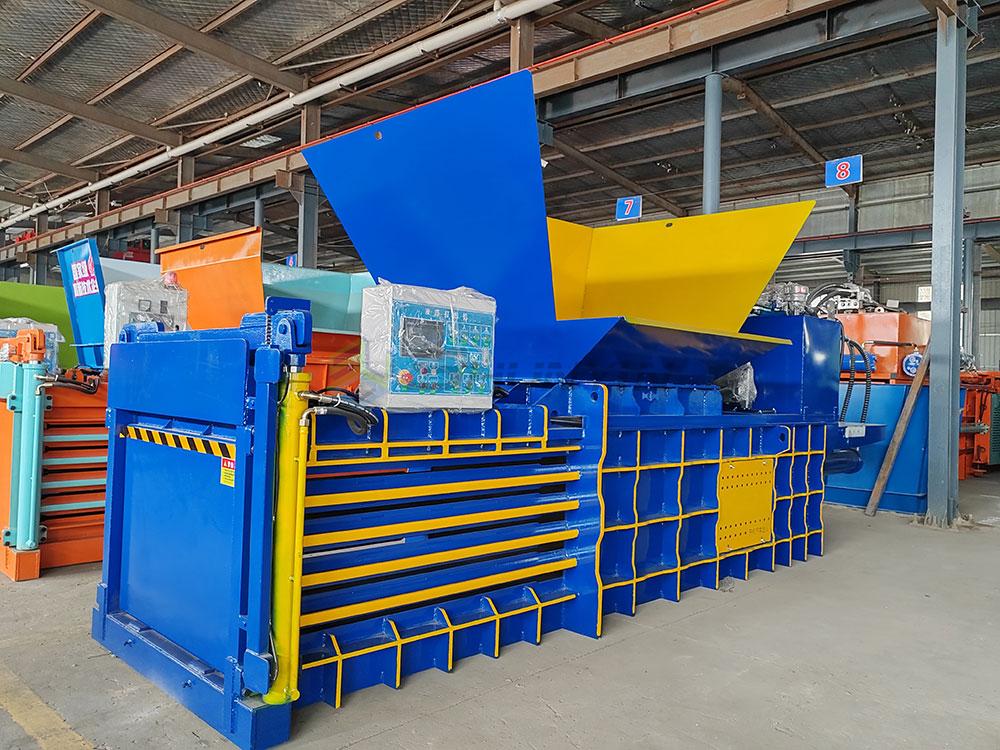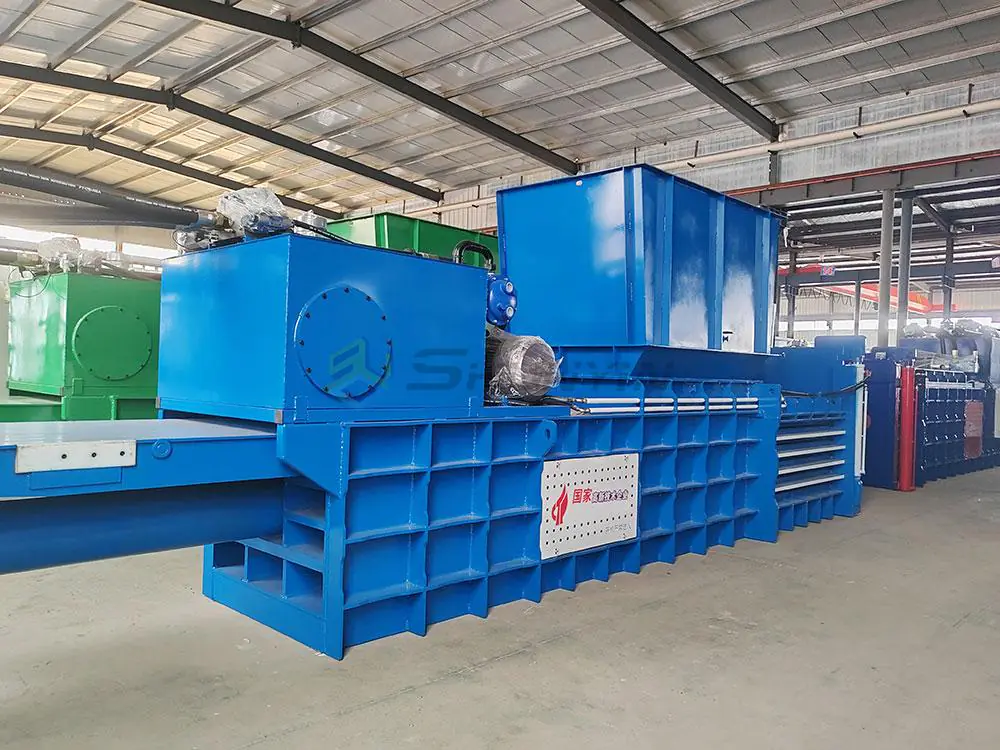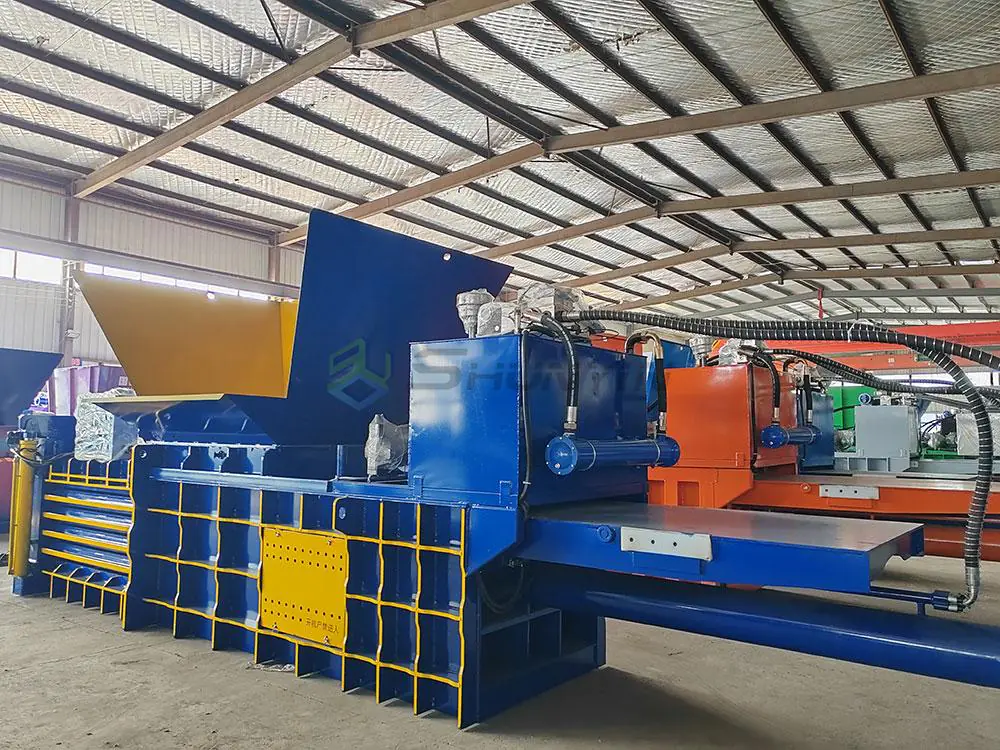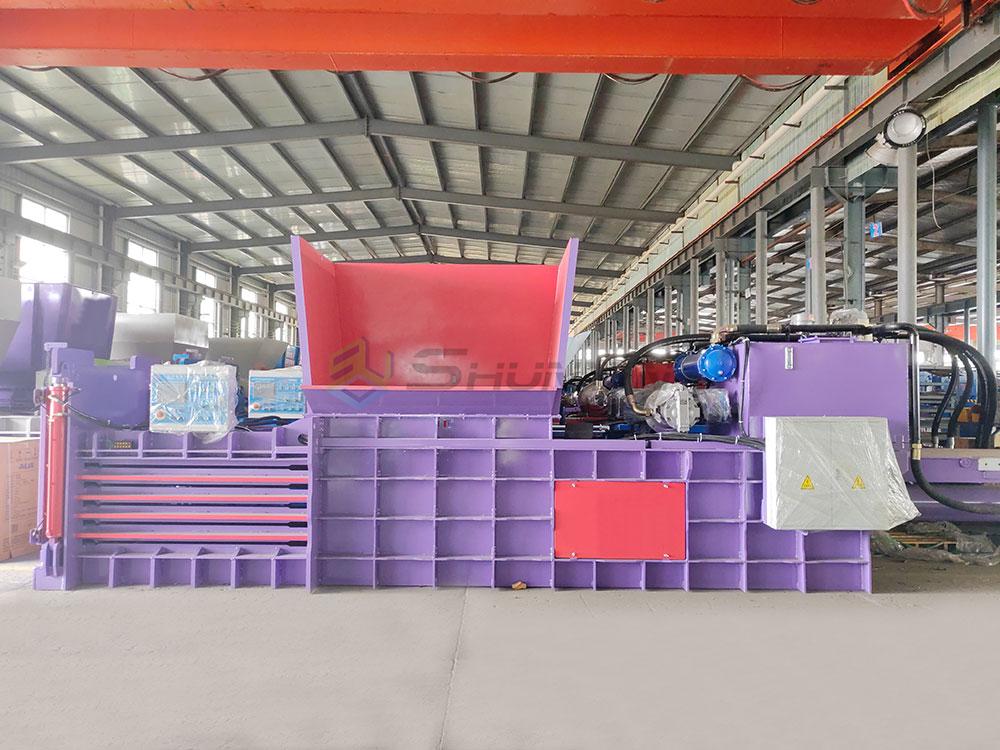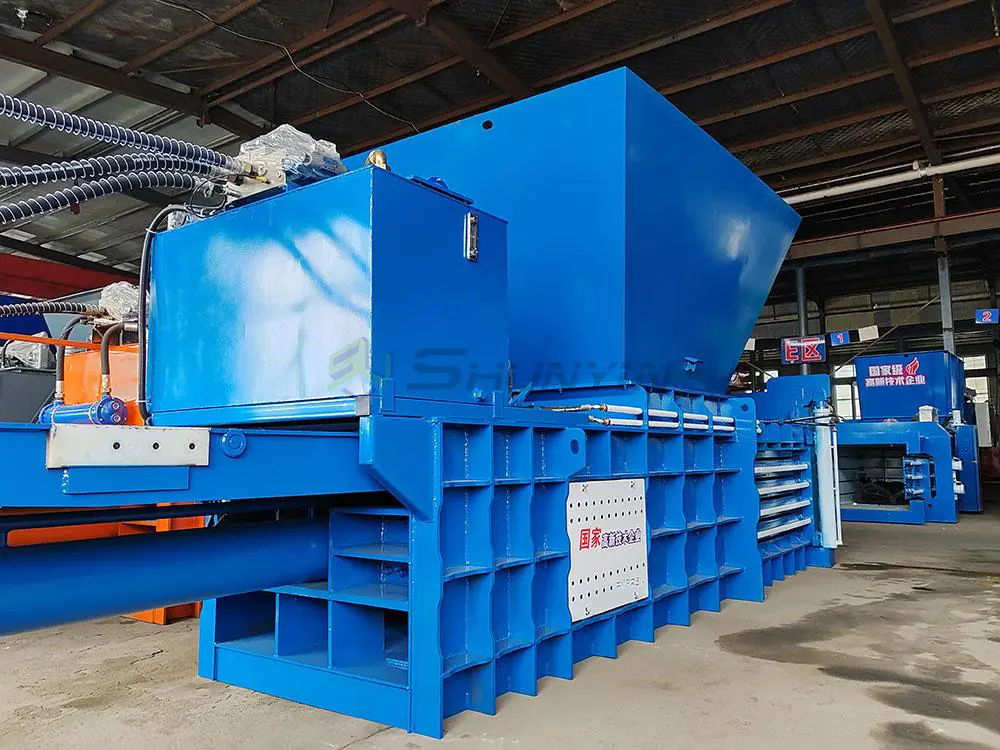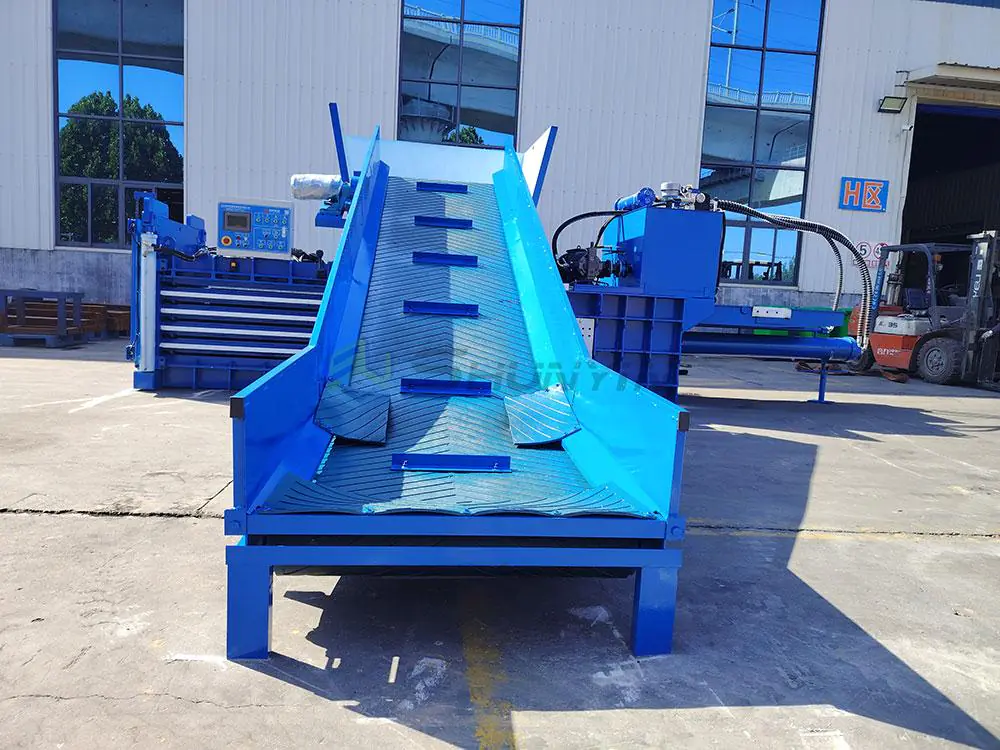Paper waste piles up daily, consuming space and driving disposal costs higher. Many recyclers miss profit opportunities.
Waste paper balers compress OCC cardboard into dense, transport-ready bales that cut storage costs by 70%, increase resale values by 25%, and streamline handling of packaging waste.
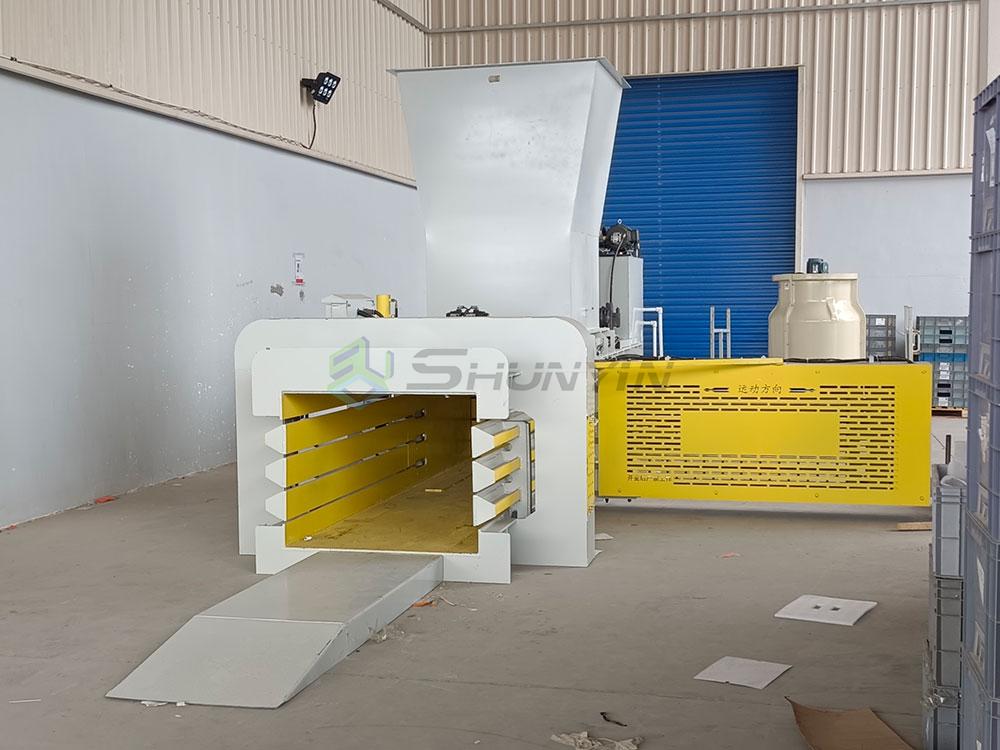
I recently helped an e-commerce warehouse save $15,000 monthly after installing our SY-P200. Read the breakdown below.
What Revenue Potential Does Waste Paper Offer?
Untapped cardboard flows through facilities daily, treated as expense rather than asset.
Waste paper generates secondary income streams, reduces landfill fees by 90%, creates recyclable packaging materials, and qualifies businesses for government sustainability subsidies.

A Toronto warehouse converted $40,000 annual landfill costs into $25,000 profit using our baler. Discover key profit tiers.
Unlocking Four Money Streams From Waste Paper
- Direct Commodity Sales
Balers transform loose cardboard into standardized bales commodity dealers buy -
Landfill Cost Reduction Facility Size Monthly Fees Baler Savings Payback Period Medium (100T) $4,000 $3,600 14 months Large (500T) $18,000 $16,200 9 months - Packaging Reuse Systems
Baled cardboard ships back through supplier networks - Carbon Tax Incentives
Canada offers $0.35/kg for recycling infrastructure
Verify dealer networks before purchasing—we provide certified bale acceptance directories within our installation packages.
Why Do Balers Outperform Manual Recycling Methods?
Handling loose paper requires constant labor and eats dock space inefficiently.
Balers cut labor costs by 80% using automated compression cycles, reduce storage needs 10:1 through 500kg bales, and prevent injuries with closed-cycle operations controlled by safety sensors.

After installing our horizontal system, a Montréal recycler slashed labor needs from 6 to 2 workers daily. See the safety upgrades.
Critical Design Differences
Labor Impact
- Manual Processing: 10 man-hours per ton
- Auto-Feed Balers: 2 man-hours per ton
- ROI at 400+ hours monthly
Space Optimization
Metric Loose Cardboard Baled Cardboard Improvement Storage Volume (per T) 20m³ 0.8m³ 96% less Transport Efficiency 2 trucks/week 2 trucks/month 75% cut
Confirm baler footprints—some vertical models fit through 80cm doorways. I recommend door-size verifications before installation.
What Hidden Advantages Transform Paper Mills?
Outdated mills compete solely on price while new players unlock premium revenue.
Modern paper mills use balers to source lower-cost materials 35% cheaper than virgin pulp, create custom fiber content, and tap specialty markets requiring certification traceability.
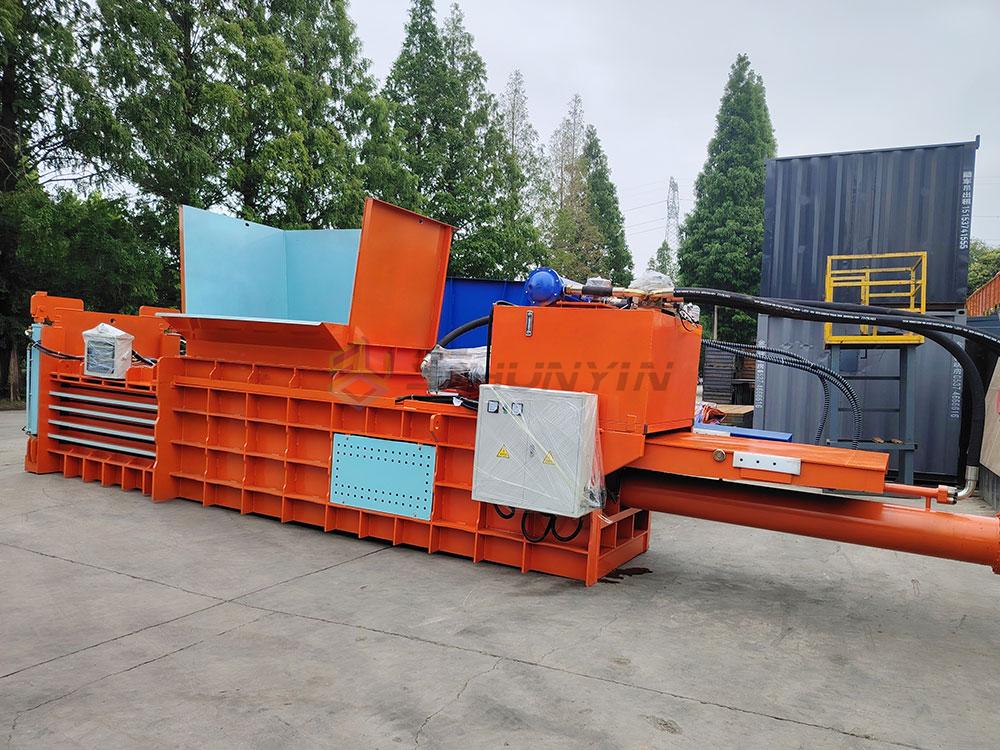
I redesigned a North Carolina mill’s intake system, boosting recycled pulp quality grade from B-to AA. Key innovations below.
Three Tiered Value Creation
Raw Material Control
Our clients build color-specific recycling streams for premium packaging:
- Brown cardboard for shipping boxes
-
Bleached OCC for food-grade packaging
Quality Certification ProgramsStandard Value Increase Equipment Requirement FSC Recycled +18% Traceability tagging system SFI +14% Moisture-controlled storage Export Documentation
ISPM-15 certified bales enter Japanese markets duty-free
Request bale-quality reports upfront—we simulate potential contamination scenarios during factory tests.
Where Do Balers Fit into Modern Waste Streams?
Traditional landfill-bound models ignore waste-to-revenue conversion opportunities.
Baler integration positions waste as the first profit center before recycling, compressing mixed streams on-site to slash haul frequency and reclaim 60%+ warehouse space for value-adding operations.
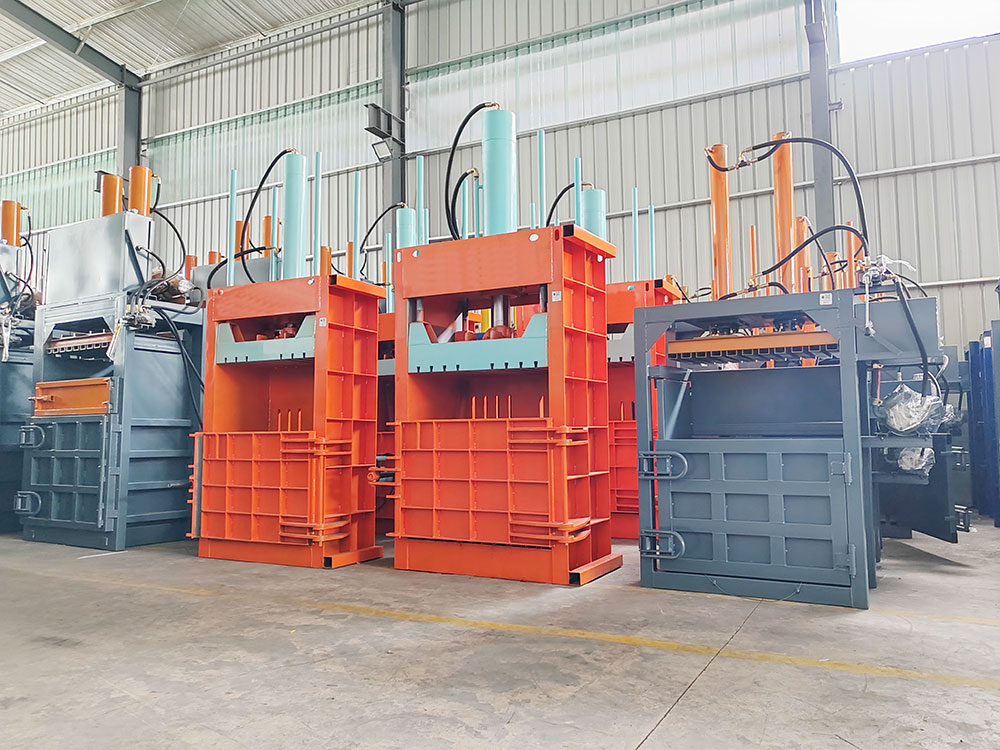
One Japanese logistics center turned waste dock into revenue zone after our redesign. Follow these integration steps.
Smart Facility Installation Guide
Phase 1: Volume Assessment
- Audit weekly waste patterns
-
Classify by material type/volume
Phase 2: Layout OptimizationPre-Baler Status Post-Install Impact Dedicated 250m² waste zone Reclaim 160m² for production 11 weekly pickups Reduce to monthly hauls Phase 3: Automation Syncing
Connect balers with sensors tracking - Moisture for bale integrity
- Compression cycles/hour
Certifications prevent fraud—we laser-etch serial numbers on hydraulic chambers for authentic verification.
Conclusion
Targeted baler implementation converts waste expenses into profit centers through space efficiency and commodity creation—request custom calculations.


